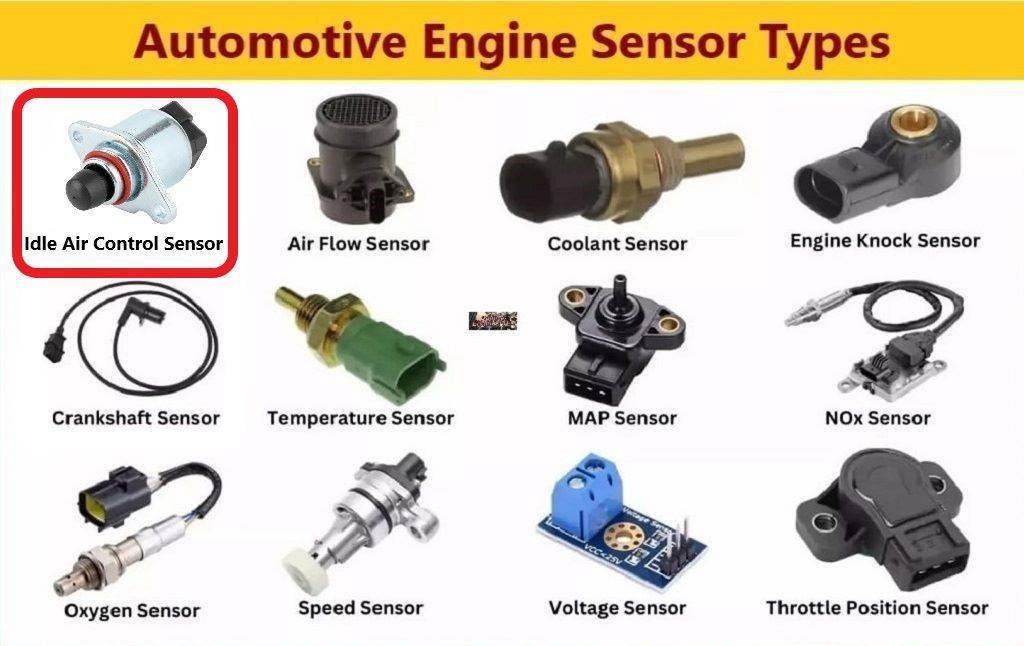
“Choose Your Idle Air Control (IAC) Help Topic Below”
- Idle Air Control Valve (IAC), Function, Failure Symptoms – Testing
- High Engine Idle: Causes, Diagnosis, and Solutions
- Vacuum Leak Detection – The Safe Way To Find Vacuum Leaks
- Engine Stalling Issues – Now You Question Your Vehicle’s Reliability
- Vacuum Test Basics – What To Check And How To Do It
- Engine Stalling – Proper Troubleshooting And Maintenance
The (IAC) valve regulates the engine’s idle speed. By controlling the amount of air that bypasses the throttle plate in fuel-injected engines. It works with the engine’s computer to maintain a stable idle. Prevent stalling, and allow for smooth transitions from idle to acceleration.
How Does It Work:
The (IAC) valve is electronically controlled. And is usually located on or near the throttle body.
It receives signals from the engine control unit (ECU).
Based on these signals, a stepper motor or solenoid inside the valve adjusts a plunger or valve stem. To change the size of a bypass passage for air.
This allows the engine to receive the right amount of air to idle smoothly. Even when the throttle plate is closed.
The system can compensate for varying engine loads. Such as when the air conditioning is on or while braking. By increasing the airflow to prevent the engine from stalling.
But, What Happens If It Fails:
A faulty or dirty (IAC) valve can cause various issues. Including a rough or unstable idle, stalling, or difficulty starting.
The (CEL) may also illuminate if the valve is malfunctioning.
Carbon buildup is a common problem that can restrict the valve’s movement and cause it to stick.
Thank You!
